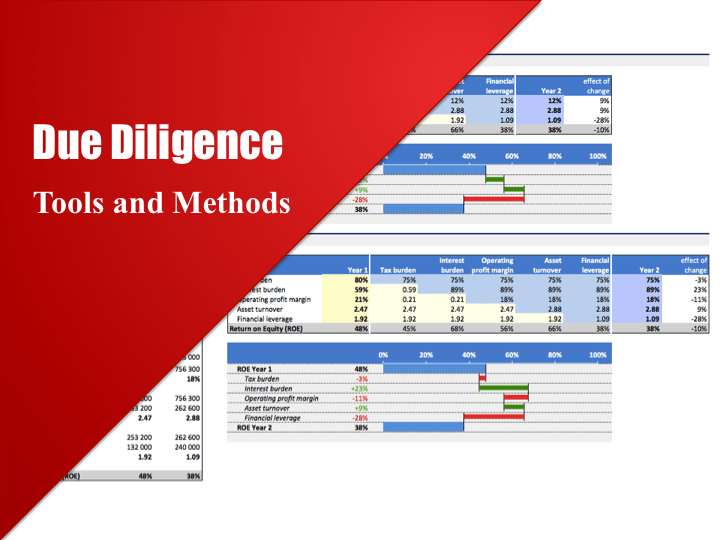The Bitcoin Farm Model – Economics
The primary purpose of this model is to assess the feasibility of a Bitcoin farm by taking into account key factors that affect the economics of mining bitcoin.

The Bitcoin Farm Model – Economics
The primary purpose of this model is to assess the feasibility of a Bitcoin farm by taking into account key factors that affect the economics of mining bitcoin, such as:
- Bitcoin’s current price and price predictions
- Mining difficulty and its growth
- Mining pool fees
- Electricity prices
- ASICs prices and investment plans
- Other Operational expenses
- Provision for any ASICs (hash rate, electricity consumption, yearly degradation rate)
- Project halving date
- Bitcoin holding strategy
The model allows for asses the mining project:
- required capital expenditures
- farm revenue in BTC and $
- operational expenditures (electricity, rent, salaries)
- net cash flow
- payback period
- internal rate of return
The model projects five years of cash flows and is structured into two central sheets, the Summary and Calc Sheet. The user only needs to input information into the cells formatted in the dark blue font in the Summary. The summary sheet also works as a dashboard with charts and Sensitivity tables, allowing the user to compute several scenarios and immediately see the impact on the most critical metrics.
In the calc sheet, no change or input is required unless the user wants to make some adjustments to the model. As the name suggests, this sheet only computes the results from the information set in the summary sheets.
Additionally, there are two more sheets, mining difficulty and Bitcoin Prices. The first one result from pulling data from the Web via power query (updated by refreshing the data – pressing F5), and the latter one have the historical prices for bitcoin since 2015. The user has the possibility of adding data to the end of the table in the sheet.
The historical data in the model allows the user to backtest scenarios using real data, as the model assumes historical data for the price and mining difficulty (which depends on the date set for the model to start).
Another interesting factor is the holding strategy for bitcoin, meaning that the mined bitcoin may not be sold in its entirety (or not are all) and can be converted into fiat currency after an x number of months.
For cash flow purposes, the model assumes that at the end of the period, all bitcoins held are converted into fiat currency, and the ASICs are sold at the market price.
The model has a simplified P&L to help to cope with the tax calculation (if any) and to give a more accurate sense of the bitcoin mining cost.
The revenue is obtained by multiplying the mined bitcoin by the average price for the particular month. In the P&L, the value of bitcoin held is updated with the price for the month we are analyzing. However, following the accounting practices of some miners, the changes in bitcoin held are not considered as “revenue” that updates the value of their digital assets as a below operational Profit item.
What Is Bitcoin Mining?
Bitcoin mining is the process by which new bitcoins are entered into circulation. It is also how the network confirms recent transactions and is a critical component of the blockchain ledger’s maintenance and development.
“Mining” is performed using sophisticated hardware to solve highly complex computational math problems. The first computer to find the solution to the issue receives the next block of bitcoins, and the process begins again.
KEY TAKEAWAYS
By mining, you can earn cryptocurrency without putting down money for it.
Bitcoin miners receive bitcoin as a reward for completing “blocks” of verified transactions, which are added to the blockchain.
Mining rewards are paid to the miner who discovers a solution to a complex hashing puzzle first, and the probability that a participant will be the one to find the solution is related to the portion of the network’s total mining power.
You need a graphics processing unit (GPU) or an application-specific integrated circuit (ASIC) to set up a mining rig.
File Type: .xlsx
Similar Products
Other customers were also interested in...
Crypto Trading Platform – 5 Year Financial Model
Financial Model presenting an advanced 5-year financial plan of a Crypto Trading Platform allowing c... Read more
Multi-Member Investment Fund Portfolio and Distrib...
A fund management tool to track many positions over time as well as distributions to up to 20 member... Read more
Fintech Financial Models Bundle
Financial technology (better known as fintech) is used to describe new technology that seeks to impr... Read more
Investment Metrics to Compare Multiple Stocks / Cr...
A general set of models that come with explainers on how you derive various financial ratios from a ... Read more
Private Equity Fund Model (Investor Cashflows)
Private Equity Financial Model to analyze fund cashflows and returns available to Limited Partners (... Read more
Upstream Oil & Gas Project Analysis
The Upstream Oil & Gas Project Financial Model Template in Excel empowers you to project and dissect... Read more
Lending Platform Financial Model (LaaS)
Includes all the assumptions you need to project the gross revenues and profits of a LaaS platform (... Read more
Lending Model Startup Forecast: 10-Year Scaling &#...
This is a full 10-year startup lending business financial model, including a 3-statement model. Accu... Read more
Due Diligence Tools and Methods
A suite of best practices to perform financial and commercial due diligence. Use it if you are consi... Read more
Online Bank Financial Model Excel Template
Get Online Bank Financial Model. Based on years of experience at an affordable price. The online ban... Read more
You must log in to submit a review.




















